The Role of Digital Marketing Agencies in the Era of COVID-19
The Role of Digital Marketing Agencies in the Era of COVID-19
COVID-19 has altered the world. Things we once perceived as “givens” in civilized society, like being able to dine out, go to work, or travel across the country, are now banned or deemed too risky.
Because of the need to socially isolate, to flatten the curve, we have all been forced to take experiences we previously experienced externally, and convert them into ones that we can experience digitally because now, more than ever, we are being forced to rely on digital mediums.
Read on or use the links below to “jump” ahead.
- What is COVID-19?
- Digital Marketing in the COVID-19 Age
- What is Digital Marketing?
- What is Content Marketing?
- What is SEO?
- What is Social Media Marketing?
- Which Social Media Platform Should You Use?
- Empathy during COVID-19
- How to Reach Your Audience
- How to Help My Business
Before, we considered ourselves to be in a digital world, one in which we were consistently plugged in. Now, we see what the true implications of being in a digital world are, considering what it means if we can function as a society, replacing so many external world experiences with ones that we can partake in through our laptops while in the comfort of our pajamas.
Due to COVID-19, the digital world has never been more important.
The same could be said for digital marketing.

What is COVID-19?
COVID-19 started with a bat in Wuhan China. The butterfly effect, which considers whether the flap of a butterfly’s wings on one side of the globe could cause a hurricane on the other, has never been more relevant. In this case, this same methodology was applied to determine if one bat being eaten caused a world-wide pandemic and economic recession. COVID-19 is particularly dangerous because it is a new coronavirus, so no one had previously built up an immunity to it, and therefore, everyone who catches it will either show symptoms or be a carrier. It also can be in someone’s system for up to 14 days before it actually causes a display of symptoms, which is a huge problem, because then people are walking around for large amounts of time while infected, but they have no idea, so they end up spreading it to others. The symptoms of COVID-19 include fever, cough, headaches, and in severe cases, trouble breathing.
Digital Marketing in the COVID-19 Age
Because of COVID-19, there is an increase in digital marketing opportunities as vast amounts of the population and businesses’ target audiences have been forced to become more digitally-oriented than ever before.
The implications of this are twofold:
- Businesses NEED to have an online presence.
- Consumers are spending more time than ever online.
Businesses have been handicapped, losing entire limbs of marketing strategies. Traditional marketing touchstones like in-person events and face-to-face selling are no longer available to them.
It might be tempting in this economically difficult time to cut back on marketing strategies, but that would be very unwise.
Consumer connections are not something that can be turned on and off. Maintaining connections must be a sustained effort. This is not the time to wait out the storm, to let the coronavirus run its course and then restart marketing campaigns.
How should you go about maintaining connections with consumers? Developing and maintaining a strategic marketing program is the best way to identify and cultivate a lasting relationship with your customer base.
More people are online, for an extended period of time, than ever before because of social distancing and self-isolation. While search demand is down, web platforms and social media have seen jumps in site visits and time spent online.
Now is the time to reach more people through digital marketing! A receptive, captive audience awaits you online.
Updating and making your digital marketing presence as effective as possible is imperative right now. In the past few weeks, there has been a massive spike in companies looking to update their digital presence and rightly so. Whether you have been on social media for ages, or don’t even have a Facebook page, whether you have a brand spanking new website, or one that looks like an ancient relic, whether you regularly reach out to consumers with a newsletter, or don’t even know what Mailchimp is, now is the time to evaluate your digital marketing presence and refine it to be as effective as possible.
We are in an unprecedented time. Adapt or die has never been a truer notion.
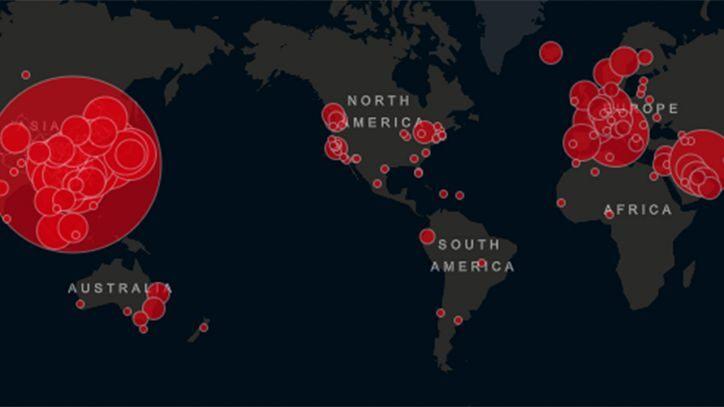
What is Digital Marketing?
Digital marketing is any marketing that utilizes the internet and electronic devices. This would include content marketing, social media marketing, email marketing, and so on. The goal of digital marketing is to make connections with customers through non-physical means, which allows businesses to open new consumer recruitment channels.
A synonym for digital marketing would be new marketing, since it basically includes all formats that are not under the traditional marketing umbrella. Traditional marketing refers to print ads, physical marketing, phone communication, and so on. Brands can digitally market through videos, images, and copy on social media, websites, email, you name it.
Prior to COVID-19, most businesses had some kind of digital marketing. It seemed like even the run-down grocer, or dive bar near your house had at least a website, if not at least one social media channel. In other words, if you are not engaging in digital marketing, you are way behind the curve, in a way that was previously a disadvantage, and now, due to COVID-19, could be catastrophic. If you are looking for website design or updates, check out Jawfish Digital.
Digital marketing is not only necessary during this pandemic, it is likely it will also be helpful after it. It is possible that businesses will have to invest so much effort into digital marketing now, that it will take up much more space as a marketing tool once the world returns to its new “normal”.
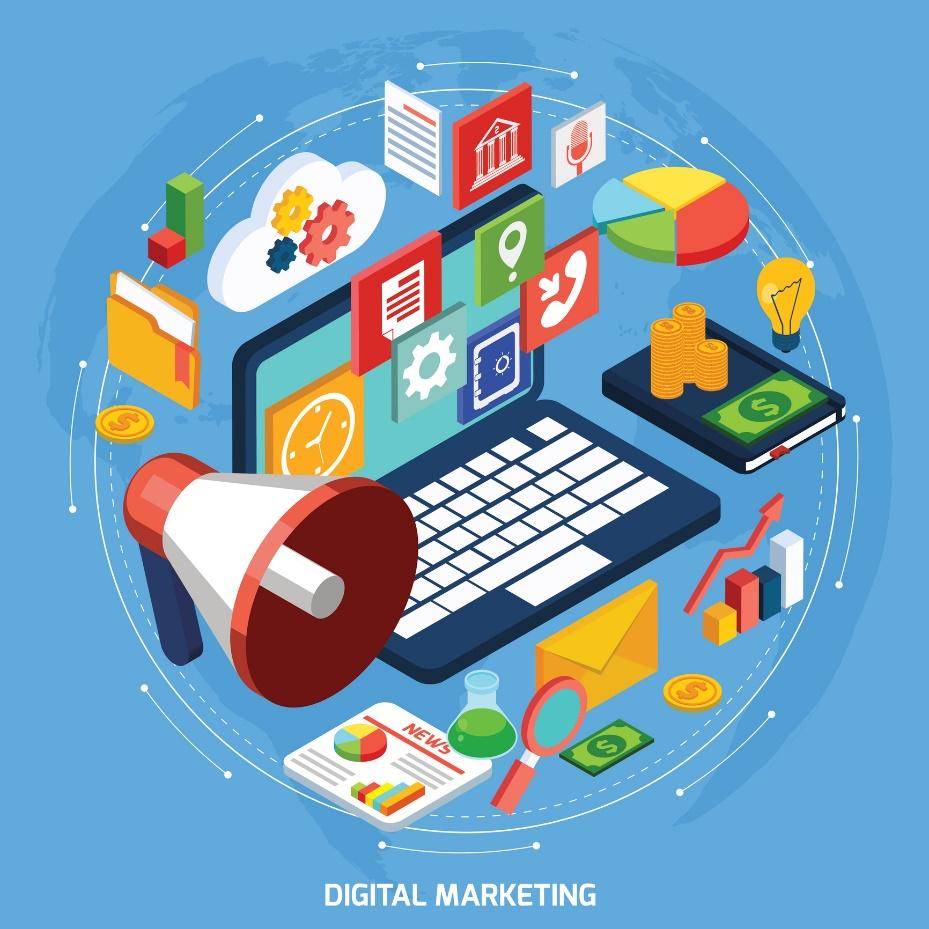
What is Content Marketing?
Content marketing is creating and then distributing content to draw in a defined audience, with a goal of converting that audience into consumers for your business.
The content must be valuable and relevant to be effective because content marketing is about making audiences engage and seek out content.
Examples of content marketing include infographics, webpages, podcasts, videos, books, blog posts, and so on.If you can consume it on the internet, if it piques your interest in buying from a business, then it is content marketing.
The key for successful digital marketing during COVID-19 is figuring out what kind of content marketing people will be seeking out for consumption. Consider creating content that focuses on COVID-19, whether it focuses on its impact on a certain industry or news about the pandemic in general.
You can make your content even more effective by making certain it is easy to find, which is where search engine optimization (SEO) comes in.
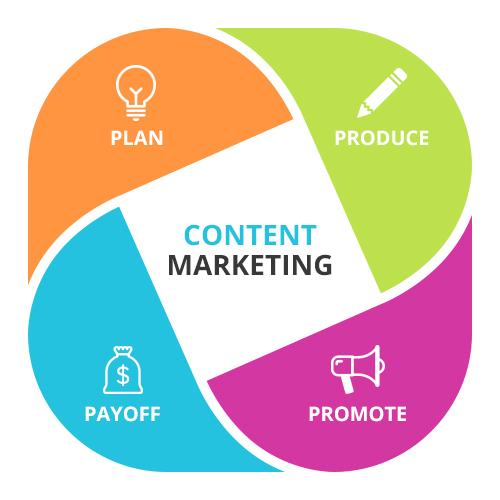
What is SEO?
SEO is search engine optimization. It is a tool used to make sure your business website ranks higher in search engines. It can involve strategizing to decide what keywords to use on your website, how many times to use them, and so on.
When optimizing SEO during the pandemic, consider what many people are searching right now. Words like “COVID-19”, “coronavirus”, and “pandemic” are going to turn up a lot of results. Also, necessary products like “toilet paper”, “hand sanitizer”, and “face masks”, and recreational items like “bikes”, “puzzles”, and “movies”are also going to be popular search words.
Consider what keywords are being searched in a high volume, and try to create content that includes those keywords numerous times.
Furthermore, if you are already a business that uses SEO and content marketing, don’t let up on that strategy just because you are seeing a decline in business or search demand due to COVID-19. Doing so could harm your organic rankings which will lead to much less organic traffic being driven to your site once the pandemic ends and search demand rebounds.
Looking for some content marketing and SEO help? Consult Jawfish Digital’s content marketing page.
What is Social Media Marketing?
Social Media marketing is similar to content marketing, however it is exclusively done through social media channels. It is a great way to have direct contact with your customers and is largely regarded as a less formal means of marketing. Your content will vary depending on the channel you use, whether it is Facebook, Instagram, Twitter, Pinterest, or LinkedIn.

Although it is regarded as less formal, it does produce genuine sales leads and creates brand loyalty. This in large part has to do with social media providing a means of connection between businesses and consumers, not only are you reaching out to them, but they are also reaching out to you. Connection is really what digital marketing is about, and the easy connection that social media enables makes it an incredible tool to use during COVID-19.
Because of COVID-19, social media “Live Events”, like those on Facebook and LinkedIn, are becoming increasingly more important aspects of the platforms. Previously, they were rarely used tools; now, they provide an avenue to have virtual events. How you use social media and what you use it for is something that needs to be considered before you create your business accounts. What voice do you want your brand to have? Do you want to use scheduling tools? What hashtags are you going to rely on? What analysis tools do you need?
Most social media programs now have built in analysis tools that track page likes, post clicks, and so on for you, making the impact of your social media marketing easy to gage.
It is clear that your company should use social media to market, but what platforms would be best?
Which Social Media Platform Should You Use?
Facebook:
Facebook is an excellent way to keep your consumers up-to-date on what is up with your business through status updates. Many businesses use Facebook instead of websites to list their hours, location, phone number, and so on. Because of this, Facebook would be a great place to update consumers that you are still open for business, despite the pandemic. Facebook’s tone is friendly and casual but more long-winded than Instagram and Twitter.
Twitter:
Twitter is a great place to share articles related to your business and the pandemic. Twitter is the most informal of the social media platforms. You see a lot of brand interactions that occur on Twitter and a lot of direct interactions between businesses and customers.
Instagram:
If you have visual content to share, Instagram is the place to do it. If you are looking to make connections with consumers, and interact with them, one of the other platforms may be better suited for your business.
Pinterest:
Pinterest is a great tool for retail-oriented businesses to get their content out there and showcase product offerings. If your business is largely targeting women, Pinterest may be especially effective as its demographic is overwhelmingly female. It can also be a great place to develop a brand through Pinterest boards.
LinkedIn:
LinkedIn is the most professional social media marketing site. It is an excellent place to enter into dialogues with fellow professionals through LinkedIn groups, which could recruit some of the customers you are missing out on due to the cancellation of trade shows.
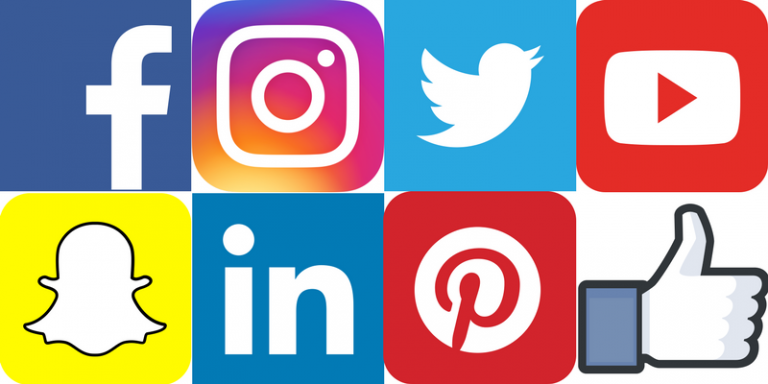
YouTube:
If you are planning on sharing any videos during the pandemic, YouTube is the place to do it. Focus on creating “how-to” videos and other instructional content that will reel people in to learning about your business. Don’t aim for going viral;that very rarely occurs.
Yelp:
Customers posting reviews of your business on Yelp or any other review site can greatly influence the business you get. In a time when people aren’t interacting with others outside their immediate circle, online reviews can make or break you.
Empathy during COVID-19
Keep in mind that this is a time for empathy. While COVID-19 presents a great opportunity for you to engage in digital marketing right now, make sure that you aren’t being insensitive in your framing of the pandemic. You must market in order to make economic gains online to mitigate the financial losses you will sustain due to lost in-person transactions. However, careful wording must be used so you do not appear to be taking advantage of the pandemic, the appearance of which could taint your brand in consumer’s eyes.
A good example of marketing using COVID-19 would be an entertainment company that posts, “Bored at home? Check out these movies!” A bad example would be a company that posts, “Their new shoe line will take your breath away #COVID19”
In other words, just use common sense.
Looking for some social media marketing advice? Consult Jawfish Digital.
What is Email Marketing?
Email marketing uses email to update consumers on your products and services in an effort to convince them to make a purchase. Use email as a tool to remind consumers that you are still around, and although they may not be able to visit your in-person store, they can still buy from you online.
Email marketing is frequently done in the form of newsletters, an excellent marketing tool. Even if you didn’t have a newsletter before COVID-19, this could be a great time to start one just to keep consumers updated.
You can personalize email marketing pretty easily, which makes it an excellent tool for reaching out to individuals and displaying empathy. It is also a pretty cheap marketing tactic, but effective. Email marketing returns an impressive $42 for every $1 spent. 59% of consumers confirmed in a survey that email influenced their purchase decisions.
A great way to start a newsletter is to send an initial one to your consumers that inquires about how they are doing in the midst of COVID-19. Everyone is uncertain about everything right now. Assure them that your business is still running, is still committed to them, and will continue to run after COVID-19. We have all had the same vision that once we emerge from our social-isolation, the business landscape will be comparatively smaller due to the exit of the companies that could not pull through this tough economic time. Update your customers on the decisions your business is making and how you are altering your normal business model.
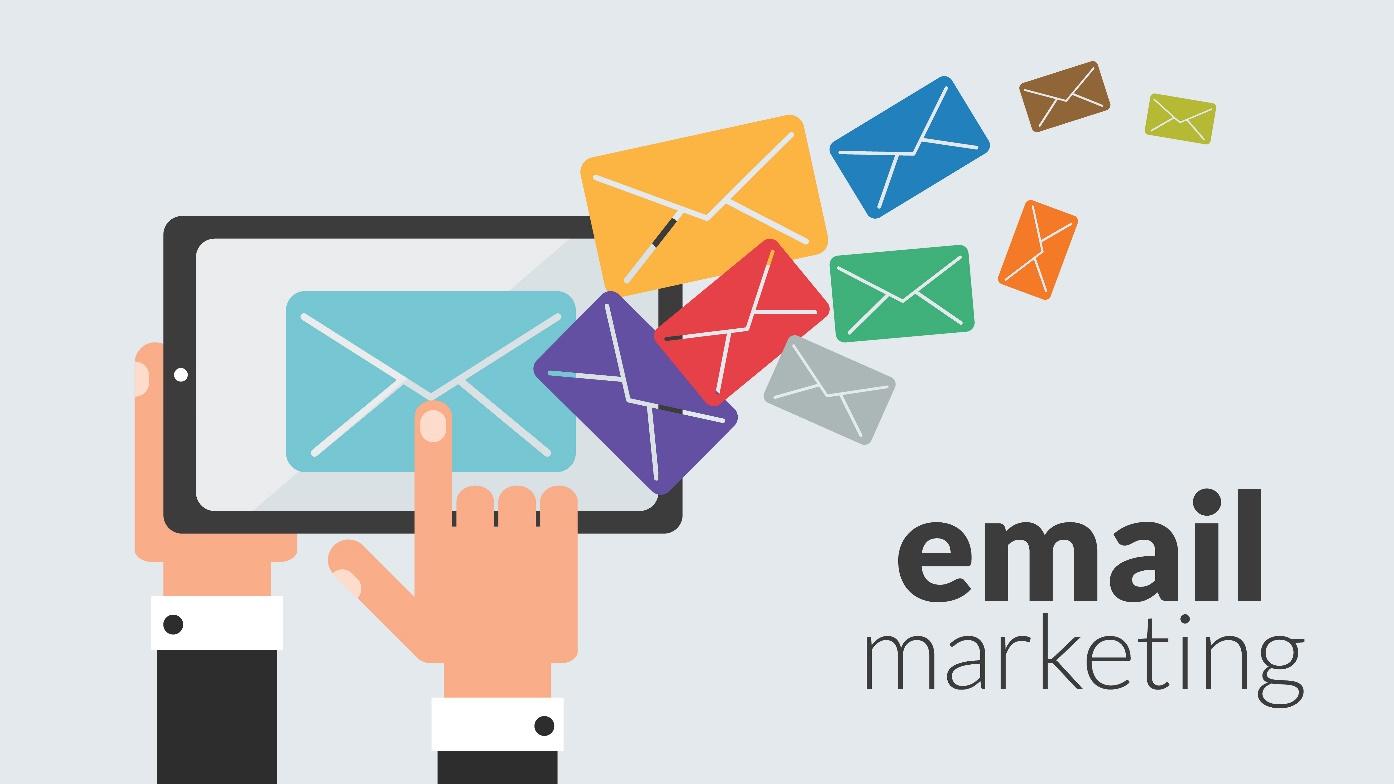
Build your own email list by making it an option for people to sign up; don’t just send unsolicited emails. After all, there are two sides to the email marketing coin—while you want to keep yourself in customer’s thoughts, keep in mind that you can also drive them away if you send them too many emails. Do not become a spam company. Do not abuse your email list.
How to Reach Your Audience
Consider where your audience will be online. Are you trying to reach out to a group that will most likely be on social media or one more likely to read newsletters? It is important to know your audience so you can customize your digital marketing approach based on what will be most effective.
To determine the digital marketing approach most effective for your business, do your research. Here are some examples of targeted digital marketing:
- If you are targeting a younger audience, social media is a good way to reach out to them.
- If you are targeting an older demographic, a newsletter would be a great way to reach them.
- Do you sell a product that people do a lot of research on before buying? Setting up a blog that reels people in through getting search hits could be a great option for you.
How to Help My Business
If you need help determining which digital marketing tool is right for you, or if you would like help effectively utilizing a digital marketing tool in these trying circumstances, Contact Jawfish Digital today.
